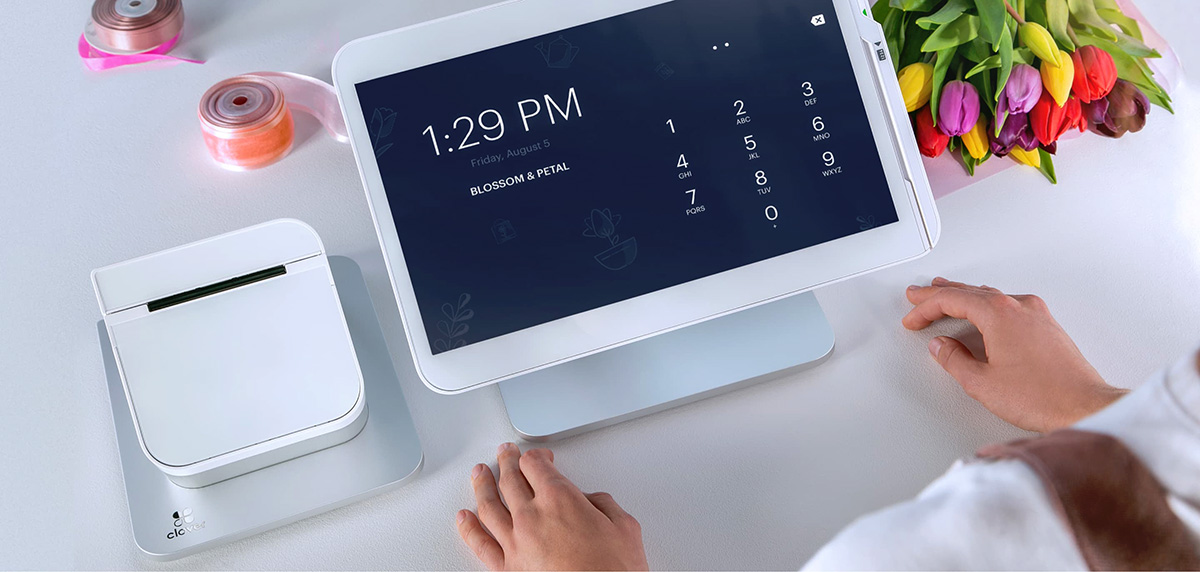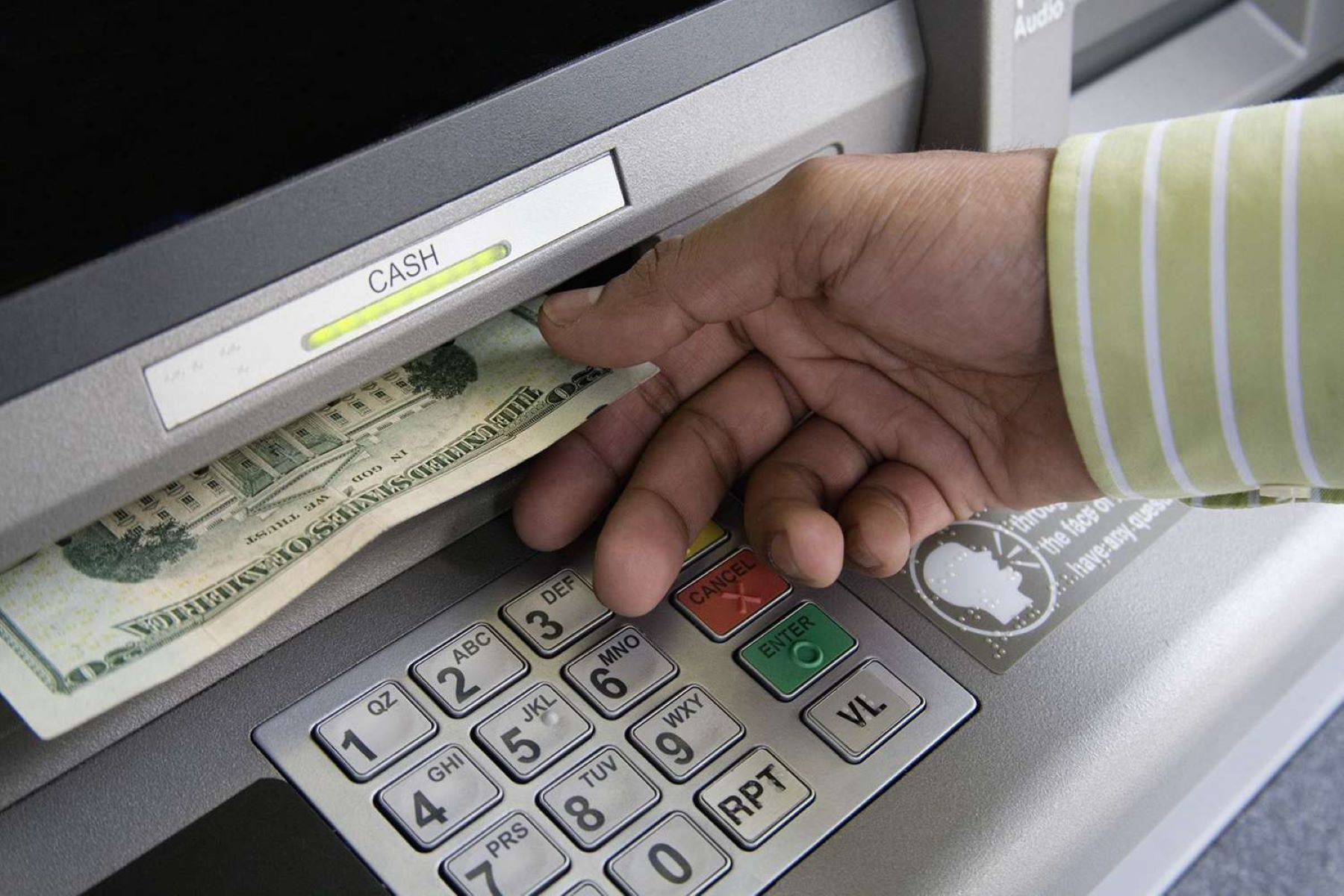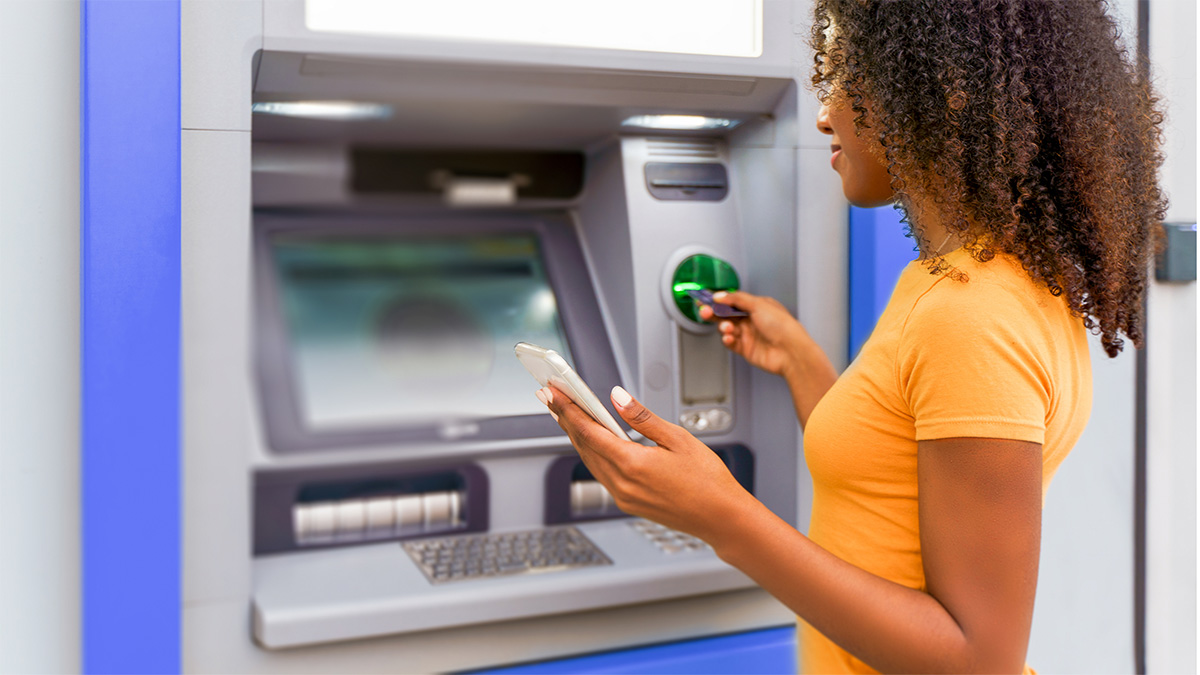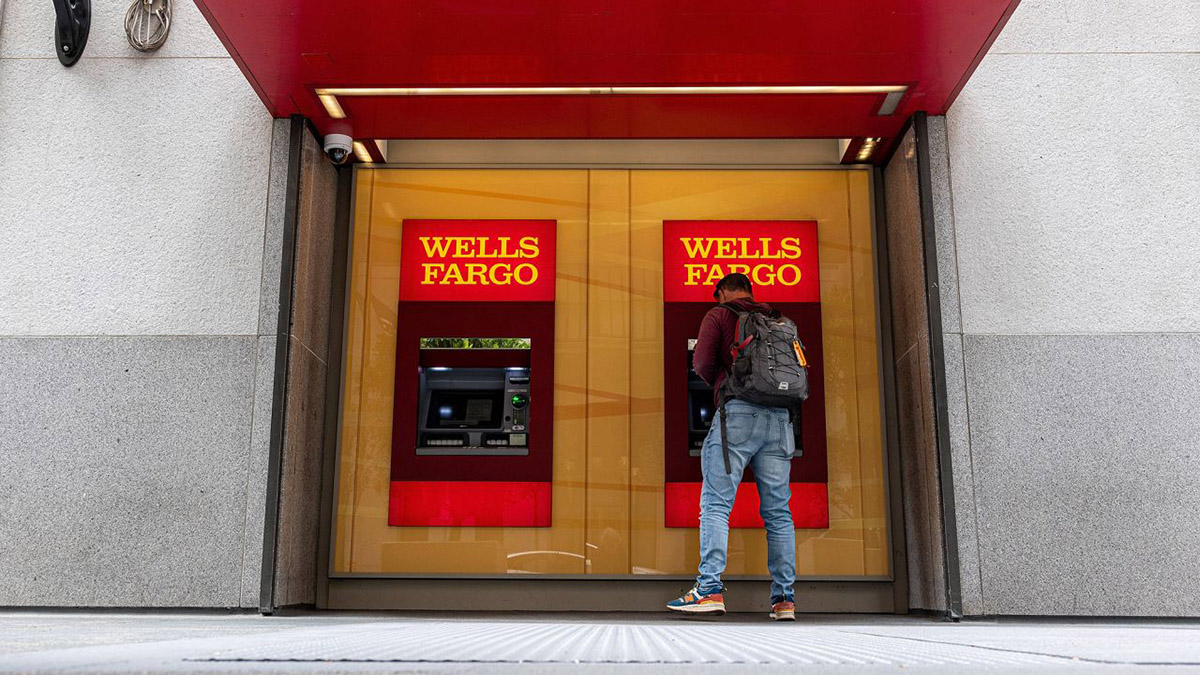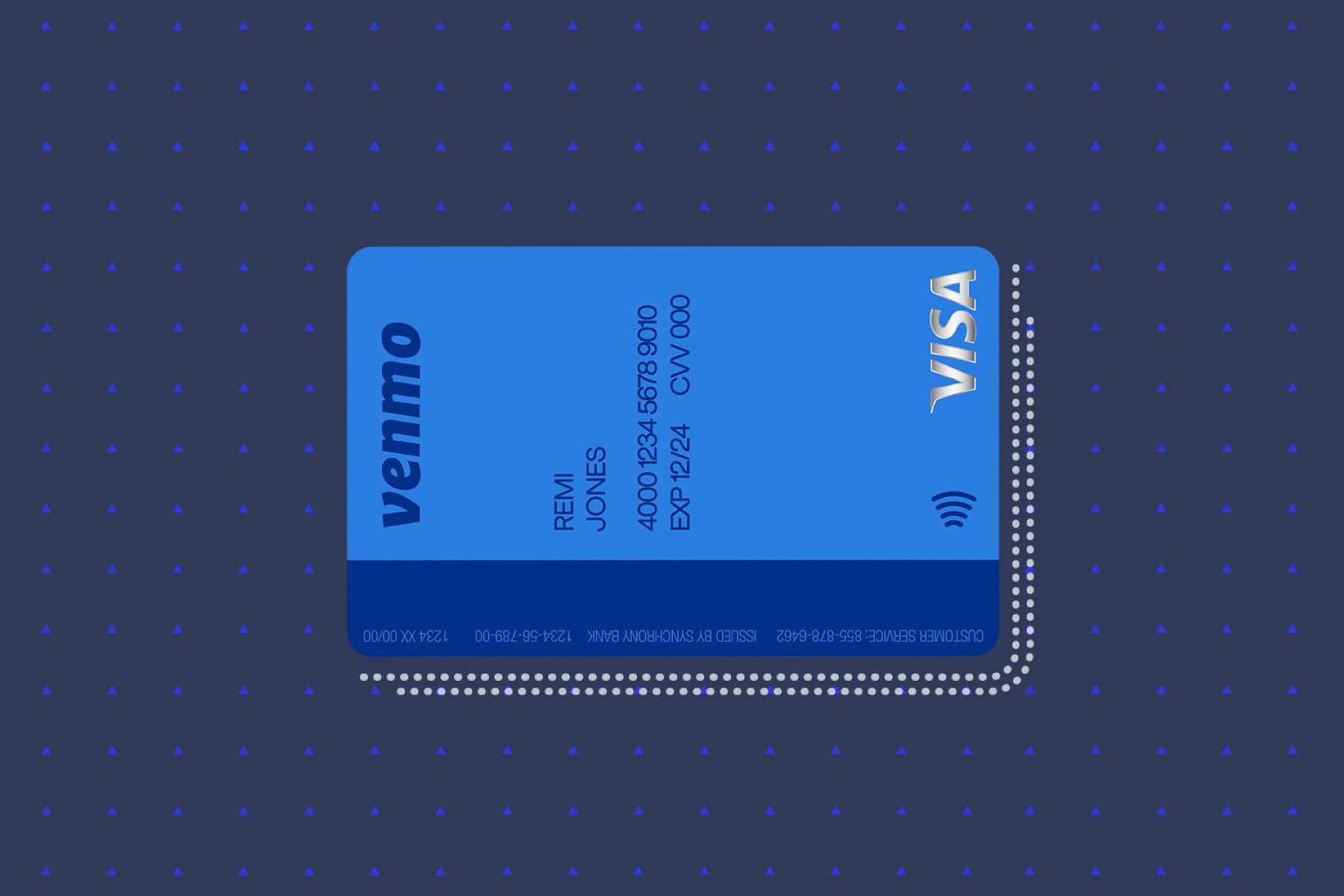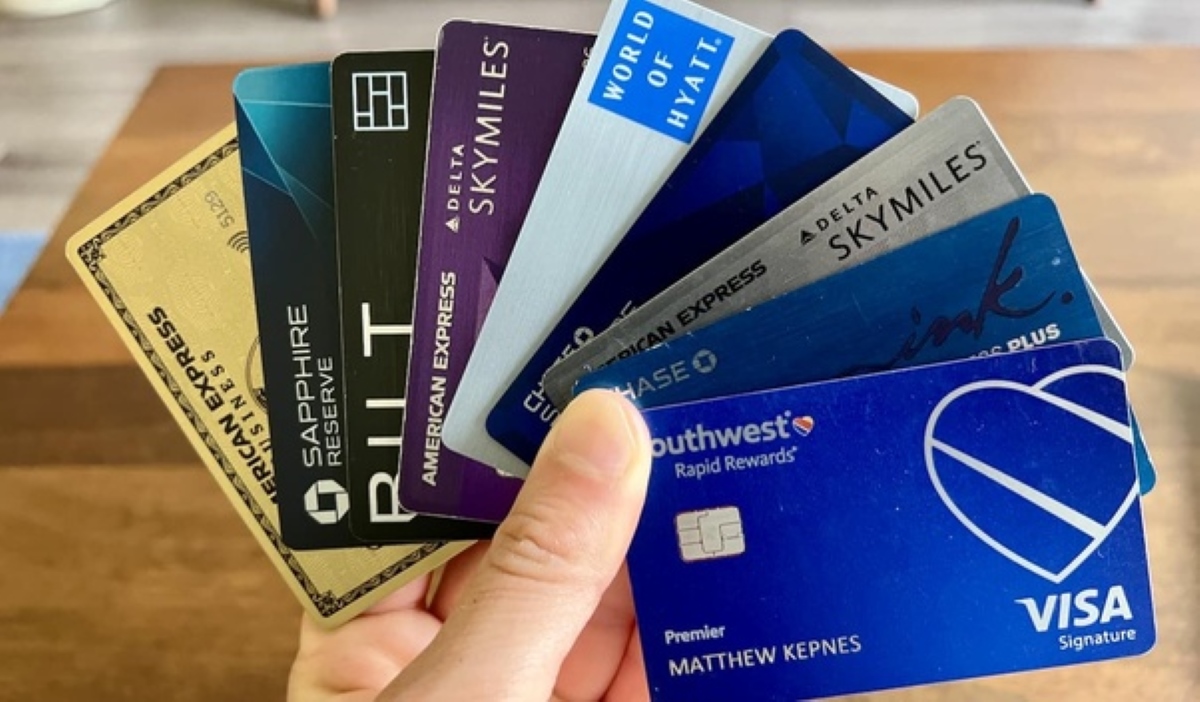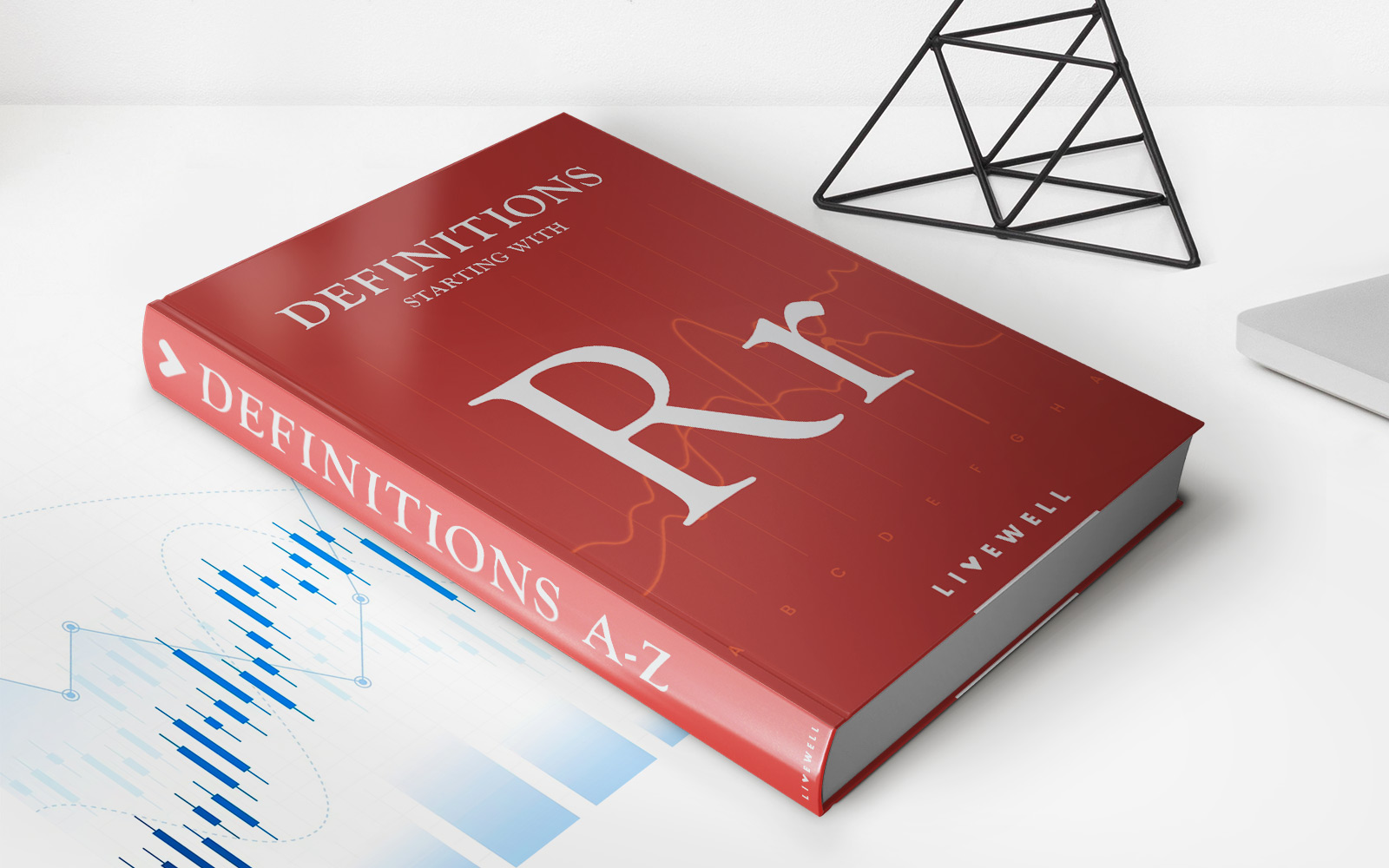

Finance
How To Turn Credit Card To Cash
Published: October 26, 2023
Learn how to convert your credit card into cash easily and securely. Discover valuable insights and tips on financing and managing your finances.
(Many of the links in this article redirect to a specific reviewed product. Your purchase of these products through affiliate links helps to generate commission for LiveWell, at no extra cost. Learn more)
Table of Contents
- Introduction
- Option 1: Cash Advances
- Option 2: Balance Transfer
- Option 3: Purchase Visa/Mastercard Gift Cards
- Option 4: Sell Your Credit Card Points
- Option 5: Peer-to-Peer Payment Apps
- Option 6: Cash Back Rewards
- Option 7: Card-to-Card Transfer
- Option 8: Money Order or Cashier’s Check
- Option 9: Loan against Credit Card
- Conclusion
Introduction
Are you in need of some quick cash? Did you know that you can turn your credit card into cash? While it may not be the most conventional method, there are several ways you can convert your credit card into actual cash. Whether you need the money to cover an unexpected expense or simply want to have some extra cash on hand, these options can be a useful tool.
It’s important to keep in mind that using your credit card to obtain cash can come with certain fees and interest rates, so it’s crucial to weigh the costs and benefits before proceeding. Additionally, it’s important to use these methods responsibly and only when necessary, as accumulating too much debt can lead to financial troubles.
In this article, we will explore various options for turning your credit card into cash. From cash advances to balance transfers and even selling your credit card points, there are multiple approaches you can take to convert your credit card into cash. Let’s delve into these options and find the one that suits your needs.
Option 1: Cash Advances
One of the most direct ways to turn your credit card into cash is by obtaining a cash advance. A cash advance allows you to withdraw cash from your credit card account at an ATM or a bank. While this may seem like a convenient option, it’s important to note that cash advances often come with high fees and interest rates.
To get a cash advance, you’ll need to check your credit card’s terms and conditions to see if it allows cash advances and determine the applicable fees and interest rates. Once you have this information, you can proceed with the following steps:
- Find an ATM or a bank that allows cash advances from credit cards.
- Insert your credit card into the ATM or present it to the bank teller.
- Enter the desired amount of cash you wish to withdraw.
- Be aware of any fees associated with the cash advance, as these can range from a flat fee or a percentage of the amount withdrawn.
- Review and accept the terms and conditions associated with the cash advance.
- Collect your cash and keep the receipt for future reference.
It’s crucial to remember that cash advances typically have higher interest rates than regular credit card purchases, and interest accrues immediately upon withdrawal. This means that if you don’t repay the cash advance quickly, you could end up paying a significant amount in interest.
Before opting for a cash advance, carefully consider other options and assess whether you truly need the cash or if there are alternative ways to cover your expenses. It’s always advisable to use cash advances as a last resort and to repay the amount as soon as possible to minimize interest charges.
Option 2: Balance Transfer
If you’re looking to turn your credit card into cash while also reducing your interest payments, a balance transfer may be a viable option for you. With a balance transfer, you can transfer the outstanding balance from one credit card to another that offers a lower interest rate or promotional period with 0% APR.
Here’s how the process typically works:
- Look for credit card offers with favorable balance transfer terms, such as low or 0% APR for a specific period.
- Apply for the new credit card and provide the necessary information, including the balance transfer amount.
- If approved, the new credit card issuer will pay off the outstanding balance on your old credit card, effectively transferring it to the new card.
- Depending on the terms, you may enjoy a lower interest rate or have no interest charges during the promotional period.
With a balance transfer, you can free up available credit on your new credit card, allowing you to access cash if needed. It’s important to note that some credit cards may charge a balance transfer fee, typically around 3-5% of the transferred amount. Be sure to factor in this fee when considering the option.
Before proceeding with a balance transfer, assess whether the new credit card offers suitable terms and whether you can repay the transferred balance within the promotional period. Once the promotional period ends, the interest rate may increase significantly, potentially costing you more in the long run. Additionally, be aware of any balance transfer limits imposed by the new credit card issuer.
A balance transfer can be an effective way to obtain cash while potentially reducing your interest payments. However, it’s essential to compare offers, understand the terms and fees involved, and create a repayment plan to fully benefit from this option.
Option 3: Purchase Visa/Mastercard Gift Cards
An interesting way to turn your credit card into cash is by purchasing Visa or Mastercard gift cards. These gift cards function similarly to prepaid debit cards and can be used for various purchases. By using your credit card to buy these gift cards, you essentially convert your credit into a cash-like form.
Here’s how you can proceed with this option:
- Research and identify retailers or online platforms that sell Visa or Mastercard gift cards. Popular options include supermarkets, convenience stores, and online gift card marketplaces.
- Visit the selected retailer or access the online platform.
- Choose the desired denomination for the gift card or cards.
- Proceed to the checkout and use your credit card to make the purchase.
- After the transaction is completed, you will receive the Visa or Mastercard gift cards, loaded with the amount you selected.
Once you have the gift cards, you can use them just like cash. They can be used at any merchant that accepts Visa or Mastercard payments. This option allows you to have immediate access to funds without incurring any cash advance fees.
It’s important to note that some retailers or platforms may charge a small fee for purchasing the gift cards. Additionally, be aware of any activation fees associated with the gift cards. Consider these costs when deciding whether purchasing Visa or Mastercard gift cards is a suitable option for your needs.
Keep in mind that the gift cards have an expiration date and may also have associated monthly fees if not used within a certain period. Therefore, it’s important to use them before the expiration date and take note of any fees to avoid losing any value.
Purchasing Visa or Mastercard gift cards can be a convenient way to convert your credit card into cash-like funds. However, be sure to consider any fees involved and use the gift cards wisely to maximize their value.
Option 4: Sell Your Credit Card Points
If you have accumulated a significant amount of credit card reward points, you may be able to turn them into cash by selling them. Many credit card issuers offer rewards programs that allow you to earn points or miles for your purchases. These points can be redeemed for various rewards such as travel, merchandise, or even cash.
Here’s how you can potentially sell your credit card points:
- Research available platforms or websites that facilitate the sale of credit card reward points. Some popular options include Points.com, Cardpool, and GiftCardGranny.
- Create an account on the chosen platform and follow their instructions for selling points.
- Specify the type of points you have and the number of points you wish to sell.
- Review the offered price or choose to set your own price for the points.
- Once a buyer is found, you will arrange the transaction and transfer the points to the buyer.
- Receive payment in the agreed-upon form, which can often be cash, a check, or a gift card.
Selling your credit card points can be a viable option if you need cash quickly. However, it’s important to note that the value at which you can sell your points may vary and might not be as high as their redemption value for travel or merchandise. Consider this factor when deciding whether to sell your points.
Additionally, be aware that some credit card issuers may have restrictions or terms prohibiting the sale of reward points. Make sure to review your credit card’s terms and conditions before engaging in any transactions.
Lastly, selling your credit card points should be approached with caution. It’s important to use reputable platforms and be vigilant for potential scams or fraud attempts. Research the platform, read reviews, and ensure that the transaction is secure before proceeding.
Overall, selling credit card points can provide you with a way to convert your rewards into cash. Evaluate the potential value and risks involved before deciding if this option is the right one for you.
Option 5: Peer-to-Peer Payment Apps
Another convenient option to turn your credit card into cash is by utilizing peer-to-peer payment apps. These apps allow you to transfer money directly to individuals who have the app installed on their device. Popular examples of peer-to-peer payment apps include Venmo, PayPal, and Cash App.
Here’s how you can use peer-to-peer payment apps to convert your credit card into cash:
- Download and install the preferred peer-to-peer payment app on your smartphone.
- Create an account and link your credit card to the app.
- Initiate a payment to another user who has the app installed.
- Specify the amount you wish to transfer and confirm the transaction.
- The recipient will receive the payment in their app balance.
- The recipient can then withdraw the funds to their bank account or keep the money within the app for future use.
Using peer-to-peer payment apps allows you to quickly transfer funds to friends, family, or even individuals you may not know personally. If someone you know is in need of cash, they can easily transfer funds from their app balance to you, effectively converting your credit card into cash.
It’s important to note that some peer-to-peer payment apps may charge fees for certain types of transfers, such as instant transfers or transfers funded by credit cards. Be sure to review the app’s terms and fees to understand any potential costs associated with using this option.
Additionally, it’s crucial to exercise caution when transacting with individuals you don’t know. Use peer-to-peer payment apps with trusted contacts whenever possible. Only proceed with transactions involving unfamiliar individuals if you feel confident in their legitimacy.
Peer-to-peer payment apps offer a convenient and efficient way to convert your credit card into cash. However, be mindful of any associated fees and use caution when engaging in transactions with unfamiliar individuals.
Option 6: Cash Back Rewards
If you have a credit card that offers cash back rewards, you can effectively turn your credit card into cash by utilizing these rewards. Cash back rewards programs allow you to earn a percentage of your purchases back as cash or statement credits. This option allows you to accumulate cash rewards over time and redeem them as cash.
Here’s how you can make the most of cash back rewards to convert your credit card into cash:
- Check the details of your credit card’s cash back rewards program. Familiarize yourself with the earning rate, redemption options, and any potential restrictions or expiration dates.
- Use your credit card for everyday purchases and ensure that your spending aligns with the categories that offer the highest cash back rewards.
- Monitor your cash back rewards balance regularly to track your progress.
- When you have accumulated a significant amount of cash back rewards, visit your credit card’s online portal or contact customer service to redeem the rewards as cash or statement credits.
- Once redeemed, the cash value will be applied to your credit card account, effectively reducing your outstanding balance or providing you with additional funds.
It’s important to note that cash back rewards programs vary between credit cards. Some may offer a flat percentage on all purchases, while others may have rotating categories or specific spending requirements. Familiarize yourself with the terms and conditions of your credit card’s rewards program to optimize your earning potential.
Additionally, be aware of any redemption restrictions or minimum thresholds for redeeming your cash back rewards. Some credit cards may require you to accumulate a certain amount before you can cash out your rewards.
Using cash back rewards to convert your credit card into cash can be a great way to get some extra funds. However, it’s important to use credit cards responsibly and pay off your balances in full each month to avoid incurring interest charges that could negate the value of the cash back rewards.
Take advantage of your credit card’s cash back rewards program to effectively turn your credit card into cash and enjoy the benefits of your everyday spending.
Option 7: Card-to-Card Transfer
If you have multiple credit cards, you may be able to convert your credit card into cash through a card-to-card transfer. This option allows you to transfer funds from one credit card to another, effectively accessing cash from your available credit.
Here’s how you can utilize a card-to-card transfer to turn your credit card into cash:
- Identify the credit card that you wish to transfer funds from (the “sender” card) and the credit card that will receive the transferred funds (the “receiver” card).
- Contact the customer service department of the “sender” credit card issuer and inquire about their card-to-card transfer service.
- If available, provide the necessary details of the “receiver” credit card, including the card number and the amount you wish to transfer.
- Confirm any fees or charges associated with the transfer, as some credit card issuers may impose a fee for this service.
- Authorize the transfer and wait for the funds to be transferred from the “sender” credit card to the “receiver” credit card.
Once the transfer is completed, the funds will be available on the “receiver” credit card, essentially providing you with access to cash from your credit line. You can then use the “receiver” credit card to make withdrawals at ATMs, make purchases, or even transfer the funds to your bank account.
It’s important to consider any fees or charges associated with card-to-card transfers, as they can vary between credit card issuers. Additionally, be mindful of any interest charges that may be applied to the transferred amount, especially if you do not pay off the balance promptly.
Before proceeding with a card-to-card transfer, ensure that you understand the terms and conditions of both credit cards involved, including any transfer limits or restrictions. It’s also advisable to compare the costs and benefits of a card-to-card transfer with other options available to you.
A card-to-card transfer can be a convenient way to access cash from one credit card to another. However, exercise caution and use this option responsibly to avoid accumulating excessive debt or incurring unnecessary fees.
Option 8: Money Order or Cashier’s Check
Another option to convert your credit card into cash is by obtaining a money order or a cashier’s check. Money orders and cashier’s checks are payment instruments that represent a specific amount of money and can be used as a form of payment.
Here’s how you can use a money order or a cashier’s check to access cash using your credit card:
- Identify a reputable institution that issues money orders or cashier’s checks, such as your bank or a post office.
- Visit the institution and inquire about their process for purchasing a money order or a cashier’s check.
- Inform them that you would like to use your credit card to obtain the money order or cashier’s check.
- Provide the necessary information, such as the recipient’s name and the amount of money you wish to obtain.
- Pay for the money order or cashier’s check using your credit card.
- Once the transaction is completed, you will receive the money order or cashier’s check, which can then be deposited into your bank account or cashed at the institution.
By purchasing a money order or a cashier’s check with your credit card, you can effectively access cash from your credit line. However, it’s important to be aware that some institutions may charge a fee for this service, which can range from a flat fee or a percentage of the amount obtained.
Additionally, keep in mind that the availability of money orders and cashier’s checks may vary depending on the institution and their specific policies. It’s advisable to contact the institution beforehand to confirm their procedures and any potential limitations or requirements.
Using a money order or a cashier’s check can provide you with a convenient way to convert your credit card into cash. However, it’s important to consider any associated fees and evaluate whether this option is cost-effective compared to other alternatives available to you.
Exercise caution when handling money orders or cashier’s checks as they are similar to cash and can be lost or stolen. Keep them in a secure place and treat them with the same level of care as you would with physical cash.
Option 9: Loan against Credit Card
If you are in need of a significant amount of cash, one option is to explore the possibility of obtaining a loan against your credit card. Some credit card issuers offer this service, allowing you to borrow money using your credit card as collateral.
Here’s how you can potentially obtain a loan against your credit card:
- Contact your credit card issuer and inquire about their loan against credit card program.
- Ask about the terms, interest rates, and fees associated with the loan.
- Provide the necessary information and documentation as required by the issuer.
- If approved, the credit card issuer will deposit the loan amount into your bank account or provide you with access to the funds through a different method.
- Repay the loan according to the agreed-upon terms, which may include monthly installments over a specific period.
A loan against your credit card can provide you with a lump sum of cash that you can use for various purposes. However, it’s essential to carefully consider the terms and conditions of the loan, including the interest rate and any fees involved.
Keep in mind that obtaining a loan against your credit card means taking on additional debt. As with any loan, it’s important to have a repayment plan in place and ensure that you can comfortably meet the repayment obligations.
It’s worth noting that the availability of a loan against your credit card may depend on factors such as your credit history, income, and the policies of your credit card issuer. Some credit card issuers may offer this service directly, while others may partner with financial institutions to offer loans.
Prior to pursuing a loan against your credit card, it’s advisable to explore other options, such as personal loans from banks or credit unions, which may offer potentially lower interest rates and more flexible terms.
Remember to carefully review and understand the terms and conditions of any loan agreement, and only proceed if you are confident in your ability to repay the loan within the agreed-upon timeframe.
Consider seeking advice from a financial professional to help you evaluate whether obtaining a loan against your credit card is the right choice for your financial situation.
Conclusion
Turning your credit card into cash can be a useful strategy in certain situations, providing you with the funds you need or the flexibility to manage your expenses. In this article, we explored a range of options to convert your credit card into cash.
From cash advances to balance transfers, purchasing Visa or Mastercard gift cards, selling credit card points, utilizing peer-to-peer payment apps, cash back rewards, card-to-card transfers, obtaining money orders or cashier’s checks, and even considering loans against your credit card, each option has its own advantages and considerations.
It’s essential to carefully evaluate each option based on your specific financial needs, credit card terms, and potential fees and interest rates. Be mindful of the implications of each choice and consider the risks and benefits associated with converting your credit card into cash.
It’s worth noting that while these options can provide access to cash, they should be used responsibly and with caution. It’s crucial to consider your overall financial situation, ensure that you can repay any incurred debt, and be mindful of any fees or charges associated with these transactions.
As with any financial decision, it’s advisable to seek advice from a financial professional or credit counselor to evaluate your options and determine the best course of action for your individual circumstances.
Remember that the primary purpose of a credit card is to manage your finances effectively and build your creditworthiness. While turning your credit card into cash can offer short-term relief, it’s important to use these methods sparingly and responsibly to maintain a healthy financial future.
By considering the various options outlined in this article and making informed decisions, you can effectively leverage your credit card to access cash when needed while managing your overall financial well-being.
